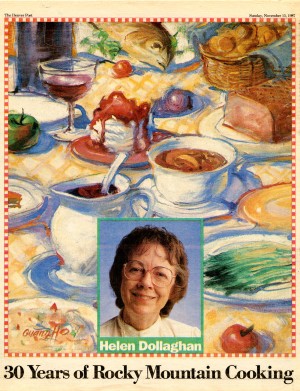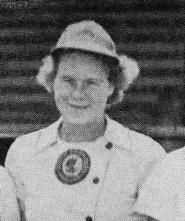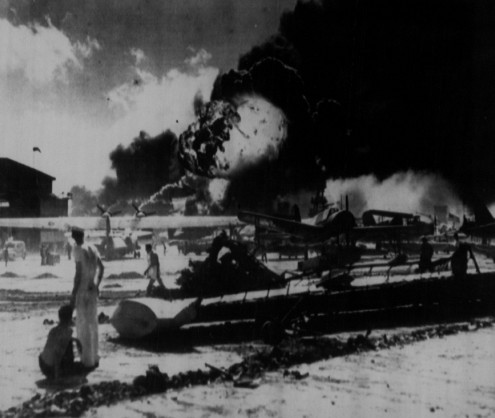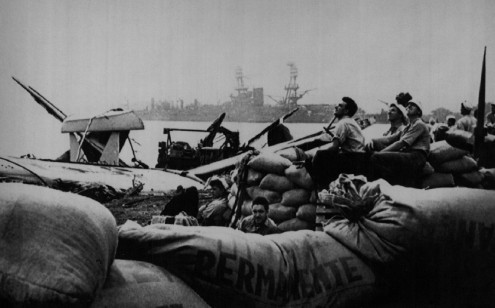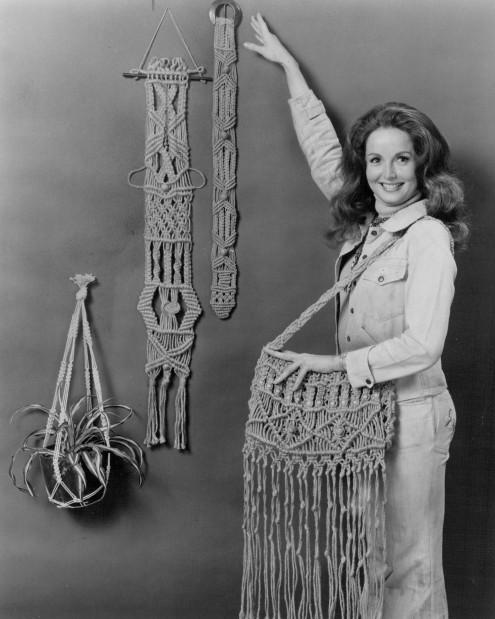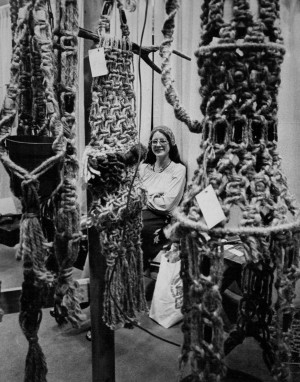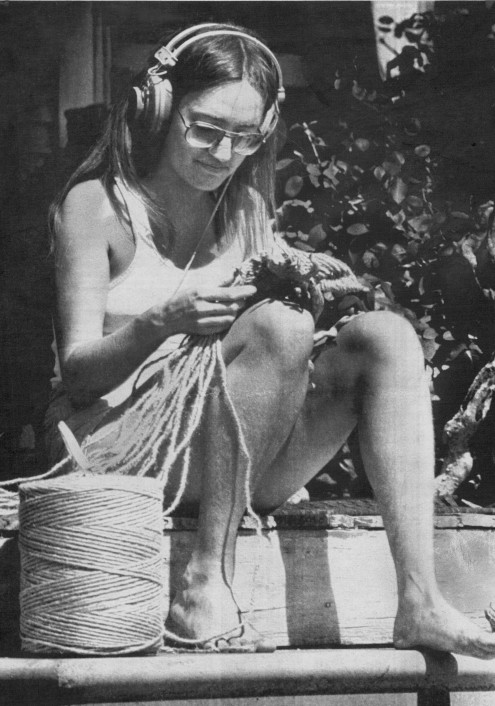30 Years of Rocky Mountain Cooking
Helen Dollaghan, food editor of The Denver Post from 1958-1993, selected recipes she felt were the best and published them in this 1987 special section called “30 Years of Rocky Mountain Cooking.” Most are recipes Helen or her readers developed.
Every Friday we share several of the recipes from her collection.
Week 17: Farm Style Biscuits, Chasen’s Chili and Kaffeeklatsch Raisin Bread
This dough makes an
excellent drop-on topping
for casseroles and
cobblers. It came to
Denver from Mound City,
Kan., with Dottie Logan
who shared it with
Denver Post readers in
the autumn of ’73.
Farm Style biscuits
2 cups unsifted all-purpose flour
4 teaspoons baking powder
2 teaspoons sugar
1/2 teaspoon salt
1/2 teaspoon cream of tartar
1/2 cup solid shortening
2/3 cup milk
1 extra-large egg, slightly beaten
Directions
Sift together flour, baking powder, sugar, salt and cream of tartar. Cut in shortening until mixture resembles coarse crumbs. Add milk and egg all at once. Stir quickly until dough leaves sides of bowl. Turn out dough on lightly floured board. With greased hands, pat out dough until it is about 3/4-inch thick. Cut out rounds of dough with biscuit cutter. Place biscuits about 1 inch apart on ungreased baking sheet. Bake in preheated 450-degree oven about 12 minutes or until golden brown. Makes 10 to 12 biscuits.
Chasen’s restaurant in
Beverly Hills, Calif., is
where this recipe
originated, according to
former Denverite Alvin G.
Flanagan of Atlanta, Ga.,
a retired Gannett
Broadcasting executive.
Chasen’s Chili,
Flanagan Style
1/2 lb. dry pinto beans
Water
2 cans (1 lb. each) whole tomatoes, cut in pieces
1 1/2 tablespoons cooking oil
3 large green peppers, chopped
1 1/4 lbs. onions, chopped
2 small cloves garlic, crushed
1/2 cup fresh, minced parsley
Salt and pepper to taste
1 1/2 teaspoons cumin
1/3 cup chili powder (half mild, half strong)
2 1/2 lbs. coarsely ground beef chuck
1 lb. lean ground pork
Directions
Thoroughly wash beans. Add enough water to cover. Soak overnight. Drain and save water. Add enough water, if necessary, to soaking water to make 3 cups. Bring beans and water to boil, reduce heat and simmer, covered, about 1 1/2 hours. Add tomatoes and their liquid. Saute green pepper and onion in oil until soft. Add garlic, parsley, salt, pepper, cumin and chili powder. Crumble beef and pork into another heated skillet. Cook until meat loses red color. Drain off grease. Combine bean, onion and meat mixtures. Simmer, covered, about 1 hour or until beans are soft. Uncover and simmer 30 minutes, stirring occasionally. Makes about 6 quarts.
A Food section recipe
that got a lot of raves in
1976. At that time, we
were giving approximate
costs of recipes. This one
could be made for $1.20.
Kaffeeklatsch Raisin Bread
1 package dry yeast
1/4 cup warm water
3/4 cup boiling water
1/4 cup sugar
1 teaspoon salt
1/2 stick (1/4 cup) butter or margarine
1/2 cup raisins
3 1/4 to 3 3/4 cups all-purpose flour
1 teaspoon cinnamon
1 egg, beaten
1 cup quick or old fashioned oats
Powdered-sugar glaze
Melted butter or margarine
Directions
Dissolve yeast in warm water. Combine boiling water, sugar, salt, butter and raisins. Mix well. Cool to lukewarm. Sift together 1 cup of the flour and cinnamon. Combine flour and raisin mixtures. Add yeast and egg. Stir in oats. Add enough more flour to make a soft dough. Turn out dough on lightly floured surface. Knead until smooth and elastic, about 10 minutes. Shape into ball. Place in greased, large bowl. Brush top lightly with melted butter.
Let rise, covered, in warm place until double in bulk, about 45 minutes. Punch down. Let rest, covered, about 10 minutes. Divide in half. Shape each half into a rope about 20 inches long. Place one rope around inside edge of greased 9-inch round cake pan. Coil second rope in center. Pinch ends together. Brush lightly with melted butter. Let rise in warm place until nearly double in bulk, about 35 minutes. Bake in preheated 350-degree oven about 50 minutes or until brown. Remove from pan and place on wire rack. Drizzle with powdered-sugar glaze made by mixing powdered sugar with milk until fairly thin. Serve warm.
 Rick Slezak, with pet dog Beau, skied to the Denver Post newspaper box at 1800 Downing Street. There were no newspapers because the blizzard had blocked all streets.
Rick Slezak, with pet dog Beau, skied to the Denver Post newspaper box at 1800 Downing Street. There were no newspapers because the blizzard had blocked all streets.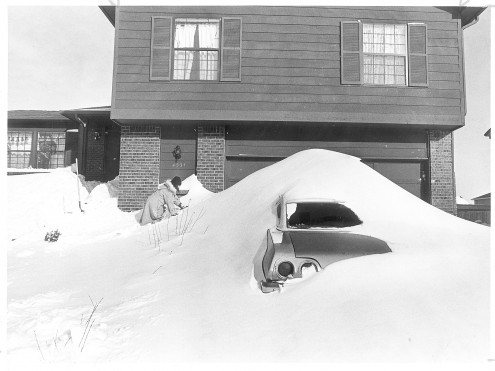


 Subscribe
Subscribe




